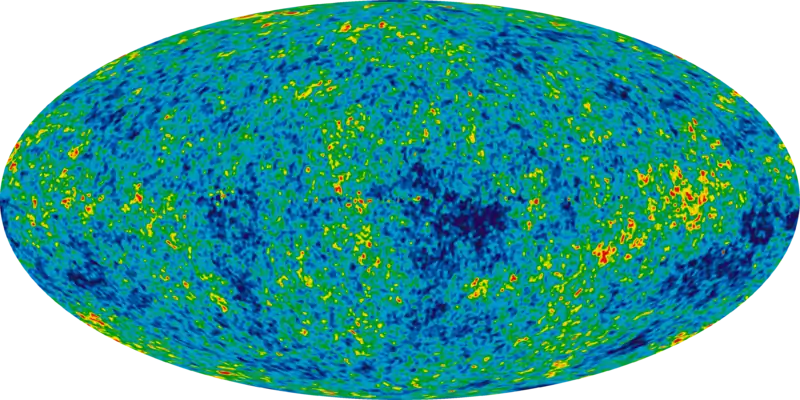Viper telescope
The Viper telescope was mainly used to view cosmic background radiation.[1] First operational in 1998, the telescope was used to help scientists prove or disprove the Big Crunch theory. The telescope was at the time also one of the most powerful of its kind. Previous cosmic background telescopes were smaller and less sensitive. It was decommissioned in 2005.
| Part of | Amundsen–Scott South Pole Station |
|---|---|
| Location(s) | Antarctic Treaty area |
| Coordinates | 90°00′S 139°16′W |
| Wavelength | 40 GHz (7.5 mm) |
| First light | 1998 |
| Decommissioned | November 2005 |
| Telescope style | cosmic microwave background experiment radio interferometer |
| Diameter | 2 m (6 ft 7 in) |
 Location of Viper telescope | |
Location
The Viper telescope was located at the Center for Astrophysical Research, also known as (CARA) in the Amundsen-Scott station in Antarctica. The Viper project was run by many scientists; team leader Dr. Jeffrey Peterson is a Carnegie Mellon astrophysicist.
References
- Griffin, G.; et al. (May 1998). "The Viper Telescope : an Instrument to Measure Primary and Secondary CMB Anisotropy at Small Scales". Bulletin of the American Astronomical Society. American Astronomical Society, 192nd AAS Meeting. 30: 904. Bibcode:1998AAS...192.5803G. 58.03.
External links
This article is issued from Wikipedia. The text is licensed under Creative Commons - Attribution - Sharealike. Additional terms may apply for the media files.

